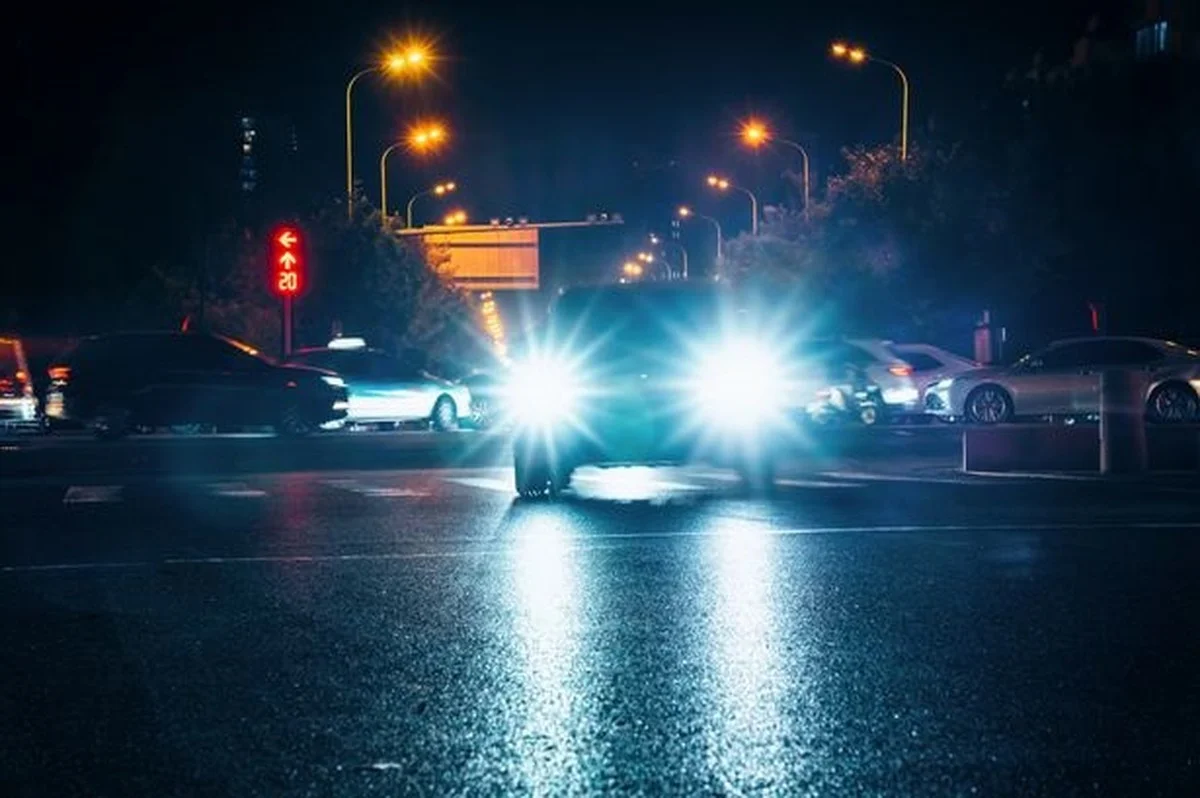28/10/2025
28/10/2025

LONDON, Oct 28: The UK government is set to review car and headlamp design after drivers raised concerns about being “blinded” by bright headlights at night, particularly from increasingly common LED lights, officials said.
Criticism from drivers has prompted the Department for Transport (DfT) to launch a new assessment of the causes and remedies for headlight glare, which will inform the government’s upcoming Road Safety Strategy. While research commissioned last winter into the “causes and impact of glare” has yet to be published, the DfT confirmed results are expected in the coming weeks.
Drivers say LED headlights, which produce a whiter, more focused beam than traditional halogen lamps, are making nighttime driving more difficult. Ruth Goldsworthy and Sally Burt, who travel regularly to their weekly SO Sound choir meetings in Totton, Hampshire, said the bright lights often leave them “blinded for seconds.”
“Some of the lights are so bright you are blinded by them, for seconds,” said Goldsworthy. “I’m not sure where to look, I look into the gutter,” added Burt. Both said they often rely on others to drive.
The issue becomes more pronounced during the winter months, particularly after the clocks change and more people drive in the dark. Linda, from Bristol, told BBC 5 Live’s Nicky Campbell that the brightness of modern headlights is “unnecessary and horrible,” forcing her to avoid night driving.
Bus driver Mike from Scarborough added that bright lights can confuse, making it difficult to tell if other vehicles are flashing their lights or not.
Road safety consultant Rob Heard said older drivers are especially vulnerable, as their eyes can take around nine seconds to recover from glare, compared to one second for a 16-year-old. “In severe cases, we might need to stop until our sight can recuperate,” he said.
A survey by the RAC found that more than a third of drivers are nervous about driving as evenings get darker, while three-quarters reported that brighter headlights have made driving more difficult. RAC senior policy officer Rod Dennis said regulations on headlights have seen little progress since 1989, leaving glare a persistent problem.
The DfT said: “We know headlight glare is frustrating for many drivers, especially as the evenings get darker.” It also offered practical advice for drivers to reduce glare, including keeping windscreens clean, maintaining glasses, avoiding looking straight at oncoming lights, and avoiding night-driving sunglasses that reduce overall light.
The new government research will examine how vehicle design contributes to glare and potential solutions, feeding into international discussions. Retrofit LED bulbs, which are not compatible with halogen housings, are already a known cause of glare, and the Driver and Vehicle Standards Agency has “stepped up surveillance” to prevent the sale of illegal retrofit bulbs.
Thomas Broberg, senior safety adviser at Volvo, said LED lights can improve road safety by enhancing visibility but emphasized that avoiding dazzle is “equally important.” He added that poorly aimed headlights, road shape, and vehicle load—particularly in taller vehicles like SUVs—can affect glare. Some modern cars include adaptive features that adjust lamp angles automatically, but those without the technology require manual adjustment.
Daniel Harriman-McCartney, clinical adviser at the College of Optometrists, warned that automatic dimming systems can be “slow to kick in.”
Bright headlights are cited in around 250 accidents annually, although no evidence that LED lights are causing more collisions than previous designs. The RAC said drivers may simply be avoiding night driving, which has broader social impacts. Dennis said any action must “strike a balance,” maintaining visibility without compromising safety. “We don’t want to go back to worse headlights. It is about what is bright enough.”


